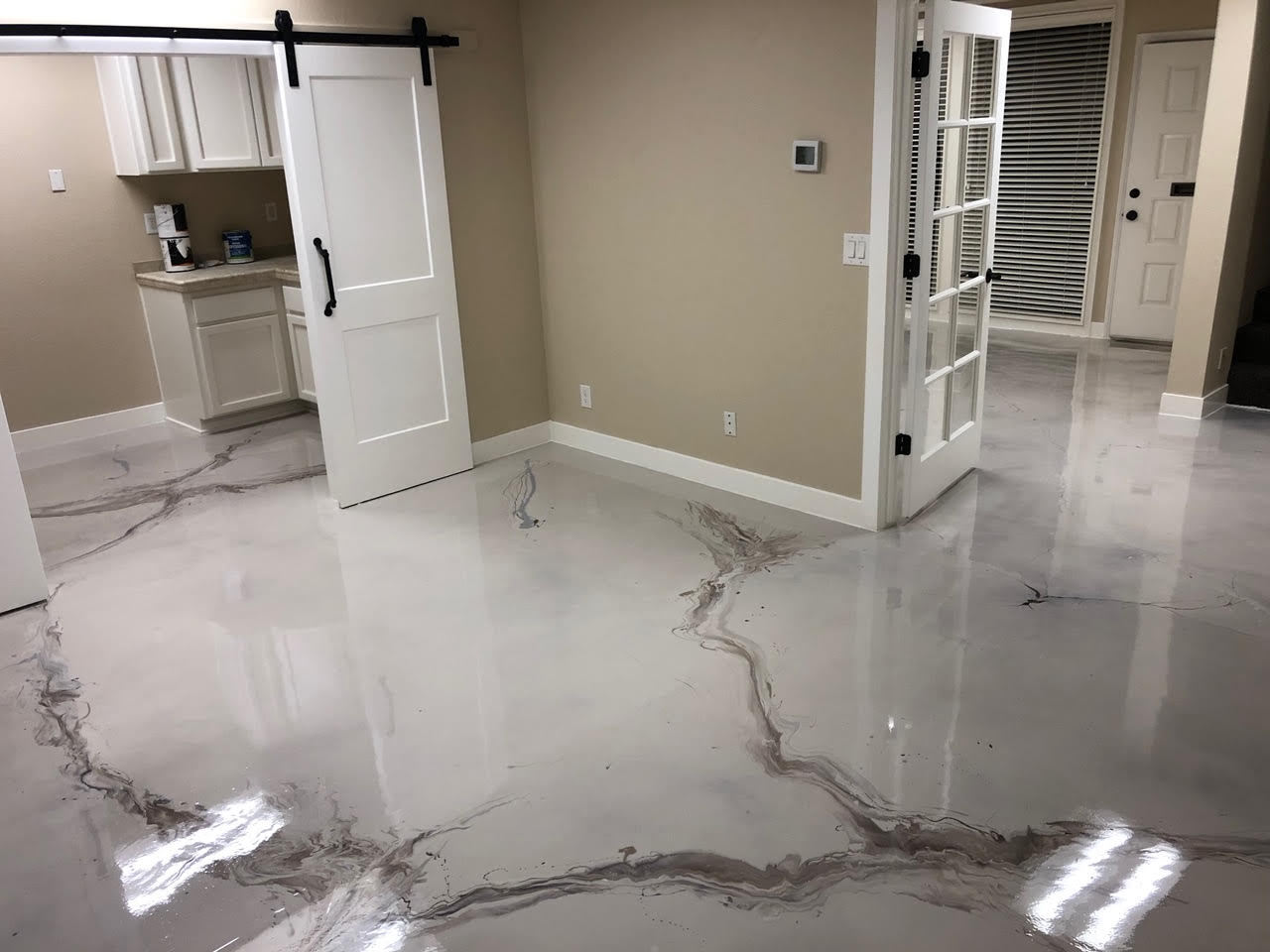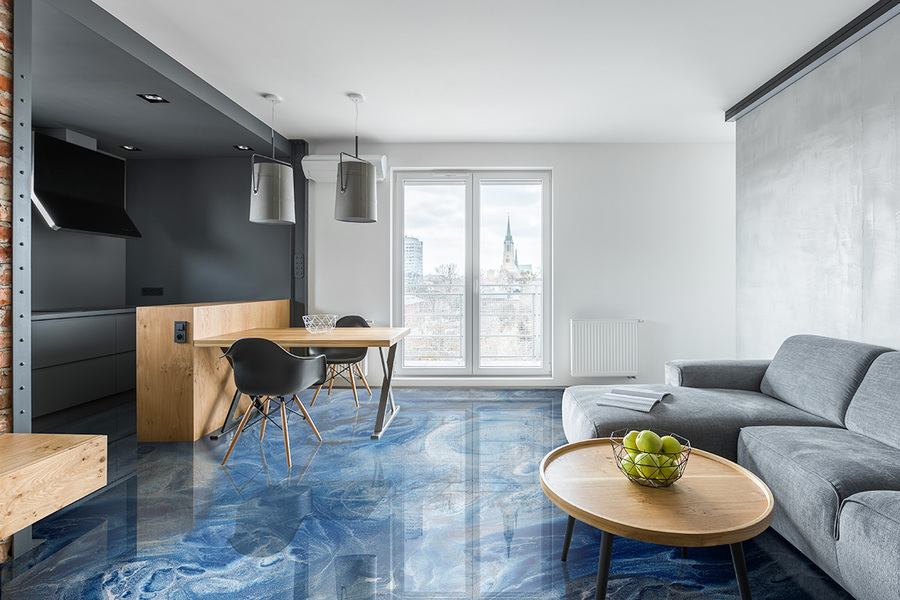Precise Welding Inspection Service for Steel Manufacture
Precise Welding Inspection Service for Steel Manufacture
Blog Article
Ultimate Guide to Setting Up Durable Epoxy Floors in Residential Spaces
When it comes to changing property rooms with long lasting epoxy floors, a systematic technique is key. There's one element often ignored that can significantly affect the durability and quality of the epoxy floor.
Selecting the Right Epoxy Flooring System
Selecting the appropriate epoxy floor covering system is a vital step in ensuring durability and performance in residential areas. Epoxy flooring uses sturdiness, simple upkeep, and aesthetic charm, making it a popular selection for residential applications. When choosing an epoxy system, factors such as the kind of epoxy, level of toughness required, design preferences, and spending plan constraints need to be thought about.
There are different types of epoxy flooring systems readily available, including water-based epoxy, solvent-based epoxy, and 100% solid epoxy. 100% solid epoxy is the most resilient alternative, ideal for high-traffic areas in residential areas.

Preparing Your Residential Space
When thinking about the installment of sturdy epoxy floorings in property rooms, appropriate preparation of the area is fundamental to guaranteeing a successful and resilient application. The first action in preparing your household room for epoxy flooring is to thoroughly clean the surface area.
Following, it is vital to repair any type of fractures, openings, or blemishes in the floor. These should be loaded and leveled to produce a smooth and even surface area for the epoxy finishing to be applied. Additionally, check for wetness problems as extreme wetness can cause the epoxy to bubble or peel. Attend to any wetness problems before proceeding with the installation.
Last but not least, ensure proper air flow in the space throughout the installment procedure to allow the epoxy fumes to dissipate. Sufficient preparation of the house sets the structure for a successful epoxy floor covering application.
Applying Epoxy Covering
To start the procedure of using epoxy finish, thoroughly blend the epoxy material and hardener according to the maker's guidelines. It is crucial to comply with the advised mixing proportions exactly to make sure the epoxy treatments properly and attains maximum durability. When the epoxy elements are combined, pour the combination onto the prepared floor surface area in a bow pattern.
Making use of a roller with a medium-nap cover, spread out the epoxy uniformly over the floor, working in manageable sections to prevent the epoxy from drying out too promptly. Be certain to back-roll the applied epoxy to get rid of any type of pools or uneven areas, guaranteeing a smooth and regular surface.

Permit the epoxy coating to heal according to the manufacturer's instructions before waging any kind of additional steps to ensure a resilient and resilient coating.
Ensuring Appropriate Treating and Drying
Efficient healing and drying out procedures are vital to achieve the desired sturdiness and long life of epoxy floors in YOURURL.com property spaces. Proper curing involves providing the epoxy covering adequate time to solidify and bond totally to the substratum. This process commonly takes about 24 to 72 hours, relying on the particular item used and environmental problems. During this period, it is vital to limit foot website traffic and avoid putting hefty objects on the floor to stop any type of damage or flaws.
In addition, making certain ample ventilation in the room is important for the drying out procedure. Correct air flow assists the epoxy coating to heal evenly and protects against any kind of concerns like gurgling or uneven drying. Preserving constant temperature levels his explanation within the treating area is likewise important, as extreme temperatures can negatively affect the curing procedure. It is advised to comply with the maker's guidelines for curing and drying out times to assure optimal outcomes and take full advantage of the resilience of the epoxy floor in residential settings.

Prolonging and maintaining Epoxy Flooring Life Expectancy
Correct upkeep techniques play a critical duty in extending the life expectancy of epoxy floorings in domestic setups. Regular cleaning is important to avoid dirt and debris from scraping the surface area of the epoxy flooring.
To further protect the epoxy floor, take into consideration using a brand-new overcoat every few years, particularly in high-traffic areas. By adhering to these maintenance pointers, homeowners can guarantee their epoxy floors remain sturdy and visually appealing for years to come (Welding Inspection Service).
Verdict
To conclude, mounting durable epoxy floorings in household areas needs cautious consideration of the epoxy floor covering system, thorough preparation of the area, appropriate application of the epoxy finish, and guaranteeing appropriate treating and drying out processes. By following these actions carefully, homeowners can attain a lasting and aesthetically enticing epoxy flooring that enhances the longevity and aesthetics of their space.
When it comes to changing household rooms with resilient epoxy floors, a systematic method is essential. When choosing an epoxy system, factors such as the type of epoxy, degree of resilience needed, layout preferences, and budget plan restraints should be thought about.
There are various kinds of epoxy floor covering systems offered, consisting of water-based epoxy, find more info solvent-based epoxy, and 100% strong epoxy.When considering the installment of sturdy epoxy floors in property areas, appropriate prep work of the location is basic to making sure a durable and effective application.To start the procedure of applying epoxy layer, completely blend the epoxy resin and hardener according to the supplier's directions.
Report this page